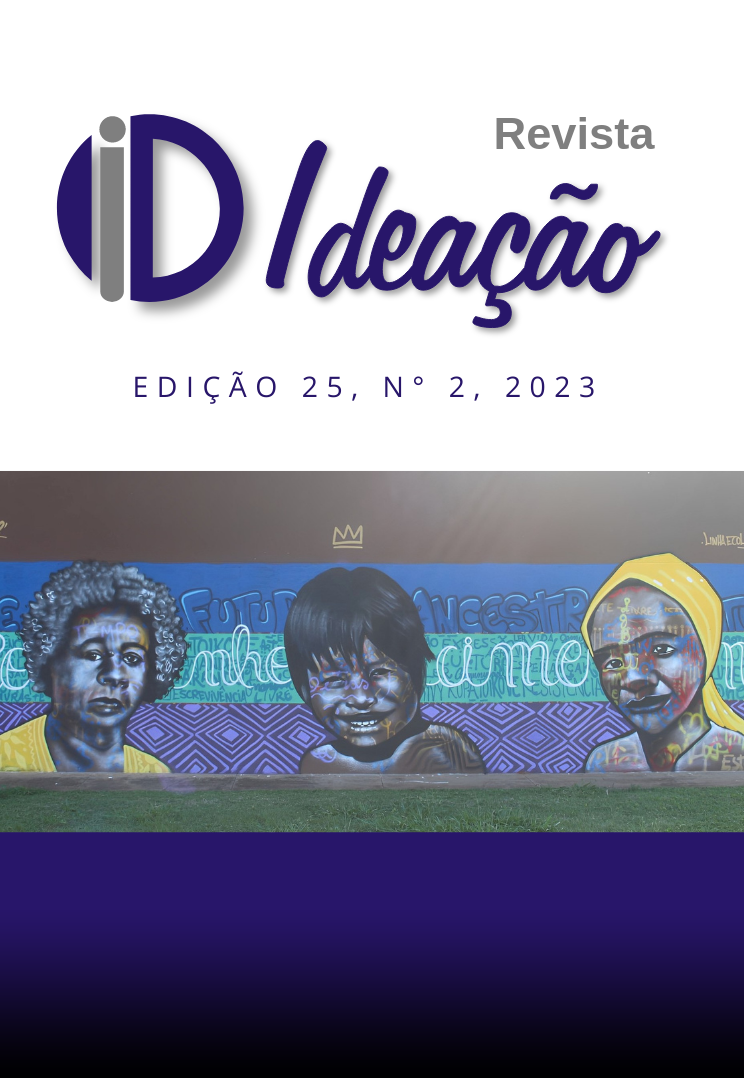Men and public policies: Between the public and the private
Visibilities and invisibilization
DOI:
https://doi.org/10.48075/ri.v25i2.31040Keywords:
men, public policy, discursive textual analysis, psychologyAbstract
The subject of public policies for men in Brasil starts to get attention between the 1960s and 1970s of the twetieth century, in view of the need to deal with the fact that, at the same time that men held greater power than women, they had disadvantages in relation to them in terms of morbidity and mortality rates. In this context, this article presents a review based on the Scoping Review method, on public policies aimed at men in the period 2010-2020. To do so, we started with the following question: how does academic scientific production relate “men” to public policies intended for them? Discursive Textual Analysis was used for the process of understanding the collected material. This is a self-organized process in which new understandings emerge from a sequence of three components: deconstruction of the corpus texts – unitarization; establishment of relationships between unitary elements – categorization; apprehension of the emergent in which the new understanding is communicated and validated. In this process, two categories emerged from the results: The Public and The Private in Public Policies and Men and Public Policies: Visibilities and Invisibilities. These findings expose the complexity of the issue. The discourses, which are inserted in the symbolic plan, instituted through different rituals that naturalyze the structure of power and domination, dictate and delimit spaces of circulation and performance for women and also for men. These men trapped in gender roles, question little about the social constructions around their masculinity, exercising it with full visibility.
Downloads
Published
How to Cite
Issue
Section
License
Copyright (c) 2023 Direitos partilhados conforme licença CC BY-NC-SA 4.0

This work is licensed under a Creative Commons Attribution-NonCommercial-ShareAlike 4.0 International License.
Authors who publish in this journal agree with the following terms:
1. Authors maintain copyright and grant the journal the right of first publication, with the work simultaneously licensed under the Creative Commons Attribution License that allows the sharing of the work with recognition of authorship and initial publication in this journal.
2. Authors are authorized to assume additional contracts separately, for non-exclusive distribution of the version of the work published in this journal (e.g., to publish in an institutional repository or as a book chapter), with acknowledgment of authorship and initial publication in this journal.
3. Authors are allowed and encouraged to publish and distribute their work online (e.g., in institutional repositories or as a personal page) at any point before or during the editorial process, as this may generate productive changes, as well as increase the impact and citation of the published work (See The Effect of Free Access).
Creative Commons License
This work is licensed under a Creative Commons Attribution-Noncommercial-ShareAlike 4.0 International License, which permits sharing, copying, distributing, displaying, reproducing, the whole or parts provided it has no commercial purpose and the authors and source are cited.


